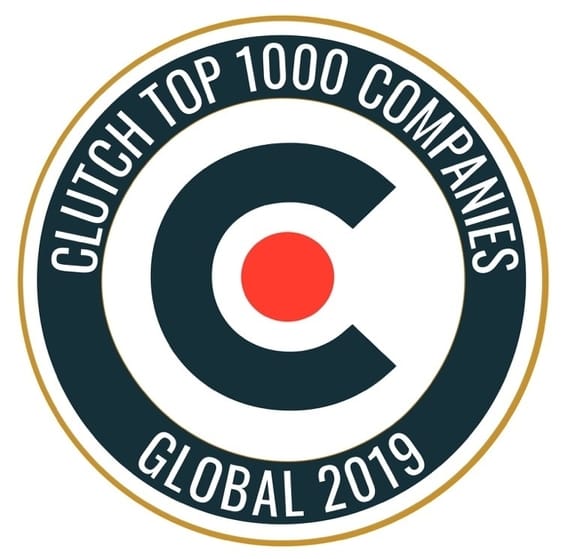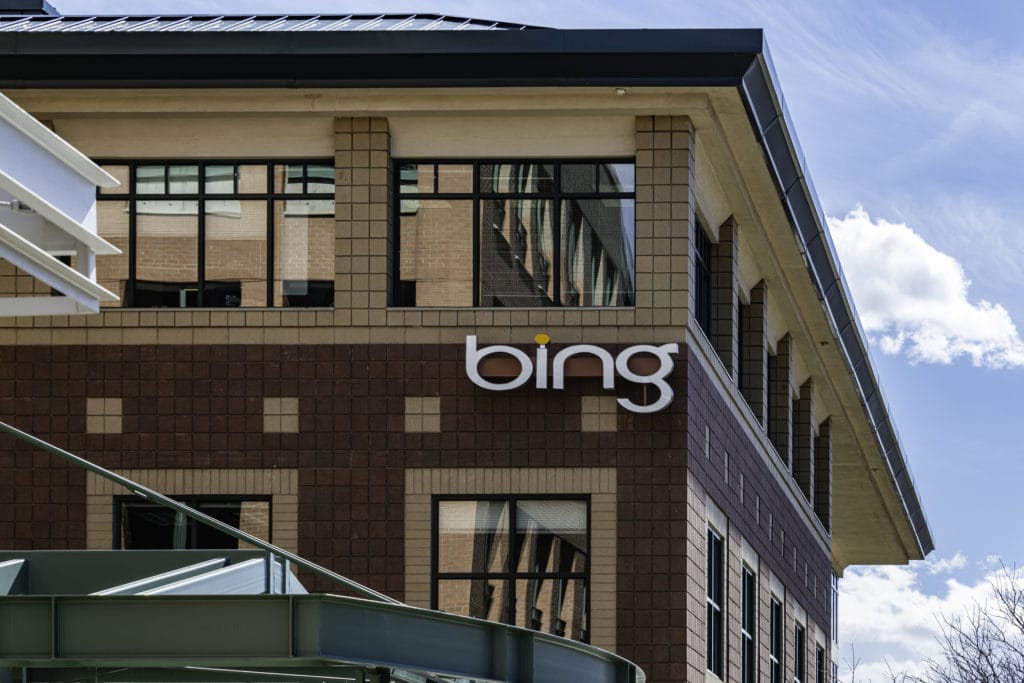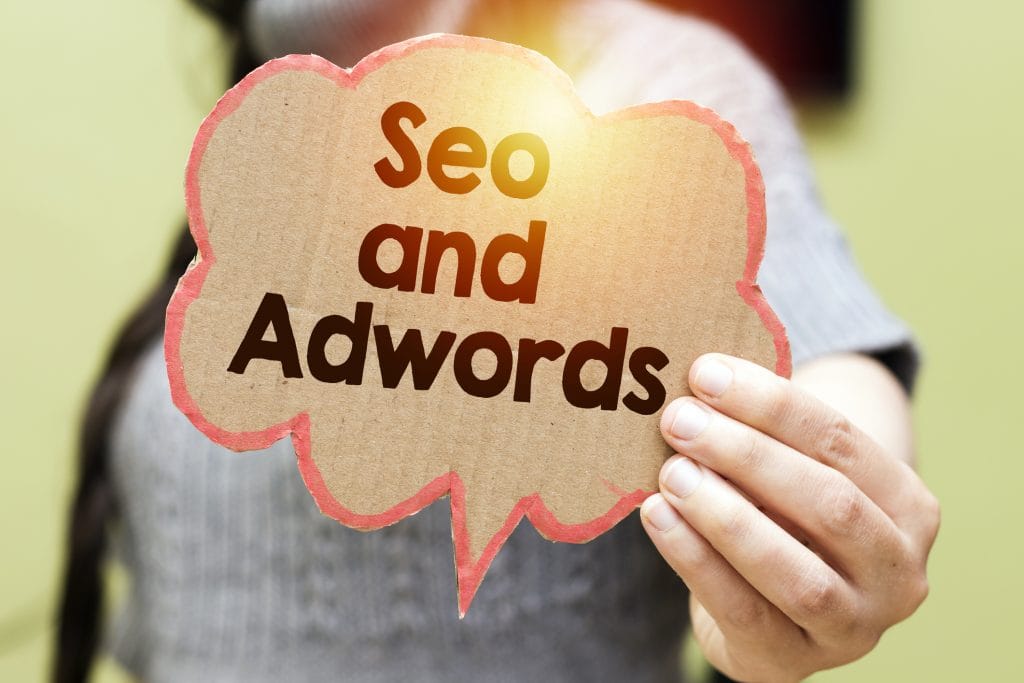seo
How to Use Link Building to Improve SEO
Link building remains a cornerstone technique for improving your website’s search engine optimization marketing – provided you’re doing it right. Yet while most webmasters understand the importance of proper link building, too few know how to do it – and how to differentiate between a good link and a bad link (yes, there are appreciable…
SEO Tools Are Evolving to Keep Up with Changes
The early days of search engine optimization were as simple as paying attention to your keyword use and gaming the “algorithm” as it existed at the time – and while things have gotten a lot more complicated since then, it does kind of work out to be the same thing it’s always been: trying to…
8 Ways To Improve Rankings and Increase Traffic To Your Site
There are nearly two billion separate websites on the internet. Every awesome website added to the net today is the digital equivalent of a drop in the ocean. So how do you improve rankings and increase traffic to make your drop stand out? The answer still lies, as it always has, in taking advantage of…
Google Yourself: How to Rank for Your Name
Being able to rank well for your name in the SERPs is a crucial part of building your personal brand. When’s the last time you searched for your name on Google? Did you see something there that wasn’t true? Something that was about another person with a name similar to yours? What people see attached…
Does Guest Posting Matter Anymore?
Many years ago, guest posting on another person’s website was considered part of a solid SEO strategy. Not only did it get you a link from another site, but it also exposed you to other audiences. If you guest posted on another site, that site got content they didn’t have to create – and if…
8 SEO Considerations for a Smooth Transition
Thinking about migrating your domain to a new name? Discover the eight important SEO considerations for a smooth transition. For a smooth transition in SEO, key considerations include maintaining URL structures or implementing proper redirects, preserving and optimizing existing content, and ensuring meta tags are transferred correctly. It’s crucial to conduct thorough keyword research to…
Google My Business: FAQs for Multiple Businesses at the Same Address
There are several FAQs for managing multiple businesses at the same address on Google My Business. These address common concerns like differentiating individual listings, handling shared phone numbers, and specifying distinct business hours. Each business needs to maintain unique, accurate information to avoid confusion and ensure a clear online presence, aiding in better search visibility…
7 Marketing Ideas to Grow Your Business in 2020
Effective marketing ideas to grow your business include leveraging social media for brand awareness and customer engagement. Creating valuable, SEO-optimized content establishes your expertise and improves online visibility. Email marketing, with personalized messages, nurtures leads. Collaborations with influencers can expand your reach. Offering promotions and loyalty programs encourages repeat business. Utilizing customer feedback for improvement…
The Death of Google as We Know It
The death of Google is something digital marketers refer to a lot whenever there seems to be a major change within Google, especially in how it manages data and user privacy, impacting its core services like search and advertising. With increased regulatory scrutiny and evolving user expectations, Google may shift towards more privacy-focused models, altering…
Sachs Marketing Group Named to the Clutch 1000
Here at Sachs Marketing Group, we pride ourselves on being a trustworthy, 100% in-house SEO company. Since 2010, our marketing experts have provided SEO services for dozens of huge clients, including BMW, Diamond Resorts, and the United States Air Force. We’re proud to learn that our hard work has been rewarded as Clutch has named…
Bing Announces Link Penalties: SEO is Changing
Bing announces link penalties, signaling SEO is changing on the search engine. Bing’s announcement on link penalties signaled its crackdown on manipulative link practices. Penalties target unnatural links, including purchased links and participation in link schemes, aiming to ensure fair and quality search results. This move emphasizes the importance of ethical SEO practices and encourages…
Google’s Guide to Ranking Category Pages
Google’s guide to ranking category pages emphasizes using clear, descriptive titles and meta descriptions, and ensuring content relevance to the category. High-quality, unique content on category pages can enhance user experience and SEO. Internal linking strategies should be employed to improve site navigation and page authority. **This post was selected as one of the top…
Google Changes GMB Listings
Whenever Google changes GMB listings, you must check your listings to ensure they’re live and accurate. Google made significant changes to Google My Business (GMB) listings, enhancing the platform’s usefulness for businesses and consumers. Updates included more options for business categories, attributes, and posts, enabling businesses to provide detailed information. Enhanced features for booking services,…
Google’s Stance on No-Follow Outbound Links
Google’s stance on no-follow outbound links is clear and concise. Google’s updated guidance on no-follow outbound links indicates a shift in how these links are interpreted. While originally used to combat spam and unendorsed content, no-follow links are now treated as hints rather than directives by Google’s algorithms. This change reflects Google’s advanced understanding of…
SEO Perfection for Location Pages
Striving for SEO perfection for location pages is every SEO’s priority. However, location pages can vary depending on the industry, type of business, and location. Optimizing SEO for location pages involves using local keywords, providing comprehensive and up-to-date contact information, and integrating Google Maps. User-friendly design, local reviews, and unique content for each location page…
Have a Help Desk? Mine it for SEO Insights
Your help desk is a wonderful source of customer insights that everyone in your organization can learn from. Depending on how big your business is and how sophisticated your customers are, you probably have a collection of tools that allow you to: Enable customers to submit help tickets and search your knowledge base Enable customers…
Leveraging Offline Events for Link Building
When it comes to SEO, link building is a major part of the process since Google and other search engines take a look at how many sites are linking to yours. For the greatest impact, those links can’t come from just any site, but instead should come from topically related websites that have high quality…
Sachs Marketing Group ranked highly amongst SEO service providers in California by Clutch
Sachs Marketing Group is a Westlake Village, California. A local SEO company based centered on providing cutting digital marketing solutions to your business including Search Engine Optimization, Social Media Development, Web Design, Mobile, Reputation Management, Conversion Testing and Optimization and Video Marketing. Our ability to provide small to midsize companies access to solutions usually available…
New Options for Fine-Tuning AdWords Bidding
Last month at Google Marketing Live, Google revealed updates for bidding controls in Google AdWords. Marketers should see those become available over the coming months as they roll out. Let’s take a closer look at what the new options are. Set Conversions at Campaign Level Until now, you’ve only been able to set conversion goals…
Google Breaks Silence: Top 3 SEO Factors
Google Webmasters has started a new video series designed to dispel SEO myths – called SEO Mythbusting. The first episode debuted May 15th, and in it, Martin Splitt, one of Google’s Webmaster Trends Analyst speaks with his guest about how search engines work. As part of the discussion, he discusses how Google chooses relevant pages…
5 SEO Tips for Pool Cleaning Businesses
Here in sunny California, there are plenty of pools that need cleaning. If you run a local pool cleaning business anywhere in the country, your website is working for you 24/7 to draw in new business. Ranking high in local search results is important because most people will go with the first company they see…
How to Use Press Releases for Better SEO
Press releases have long been a great way for businesses to get announcements about their store openings, special events or awards and recognitions circulated by the media. In the past, news outlets would either publish your press release or use it as a basis for building a bigger story. As the internet grew, publishers started…
10 Digital Marketing Myths You Need to Forget
Common digital marketing myths to discard include the notions that email is outdated, social media suits only certain businesses, content must go viral to be effective, and SEO is a one-time task. Other misconceptions include the irrelevance of websites in the social media era, the necessity of a large budget for effective marketing, and the…

































